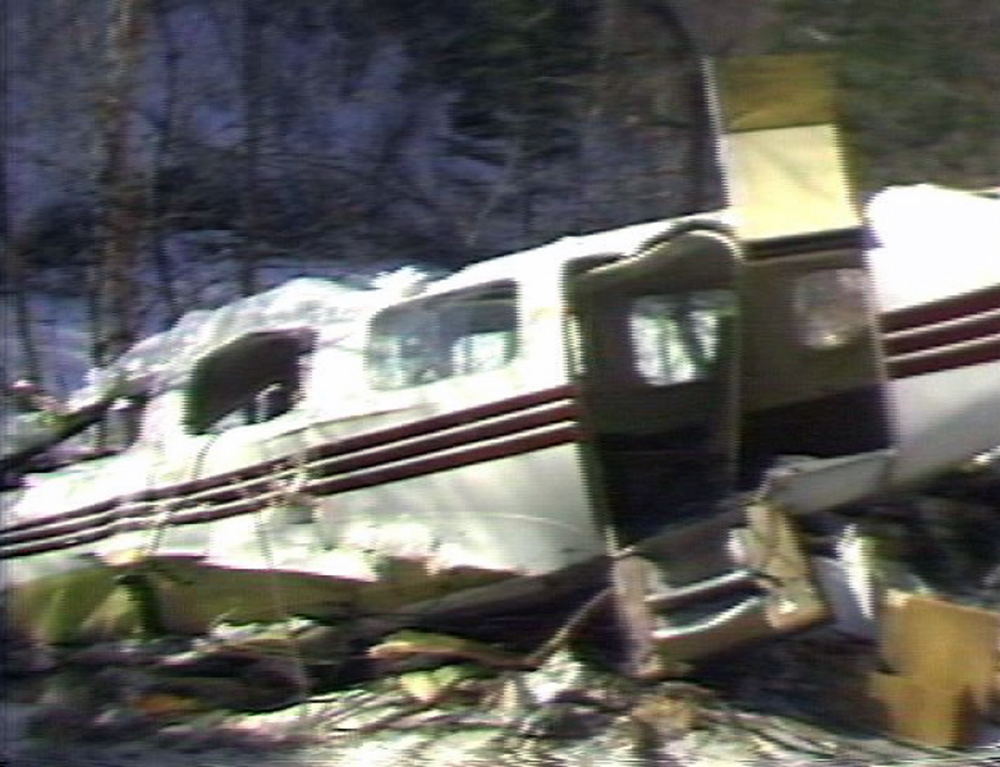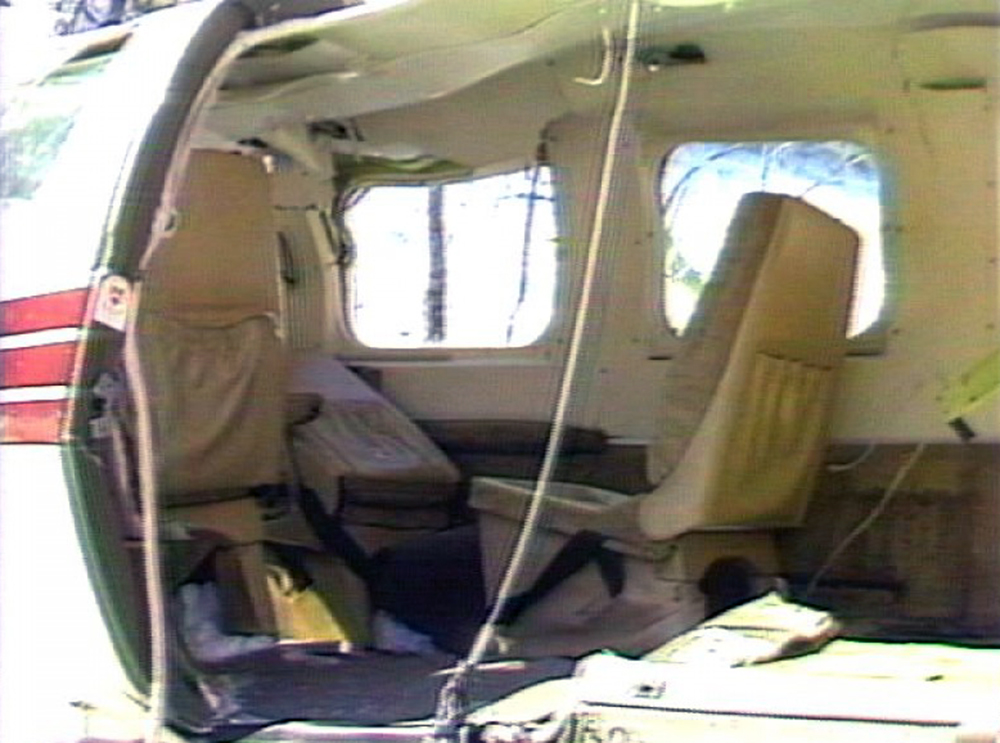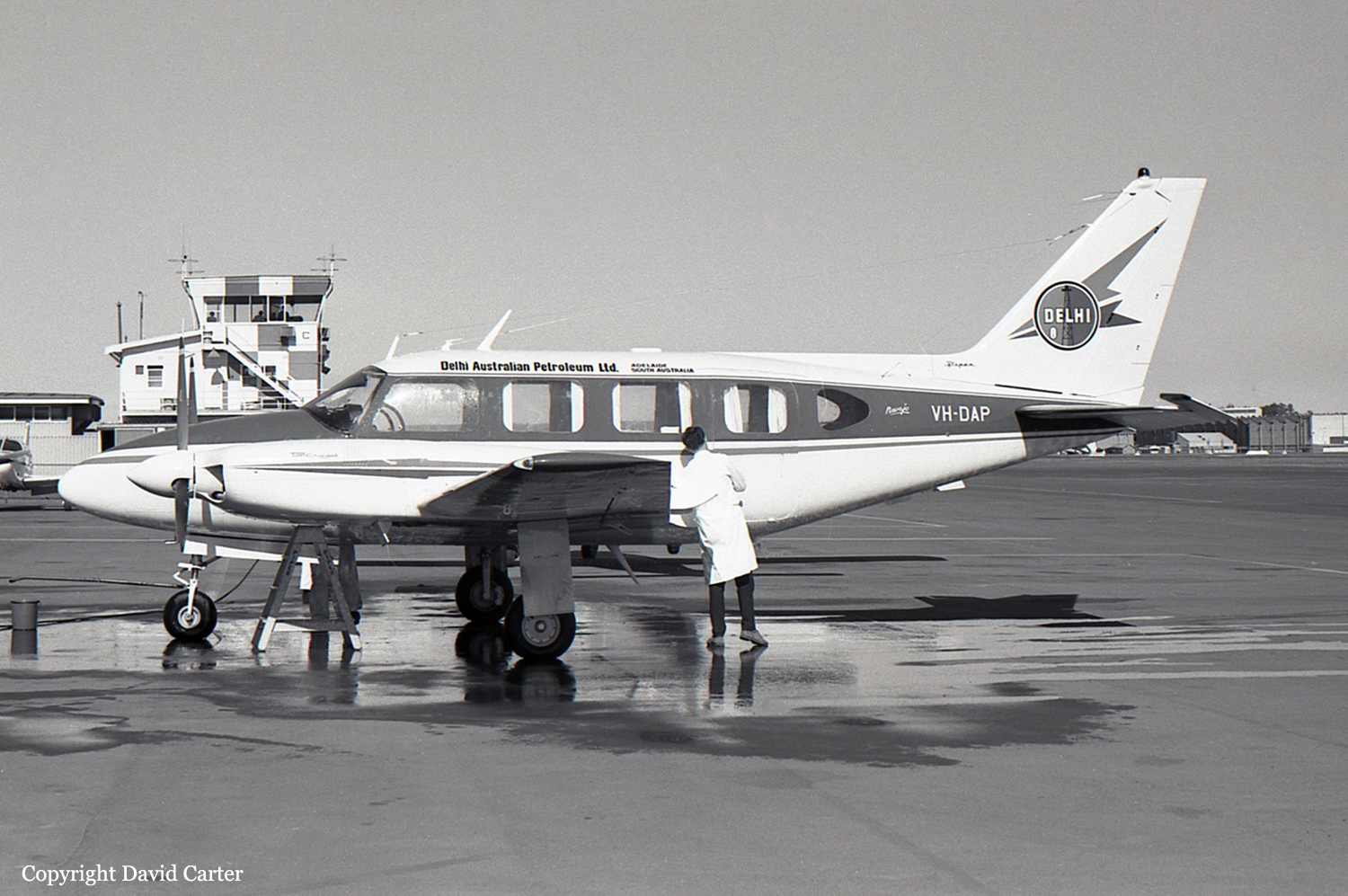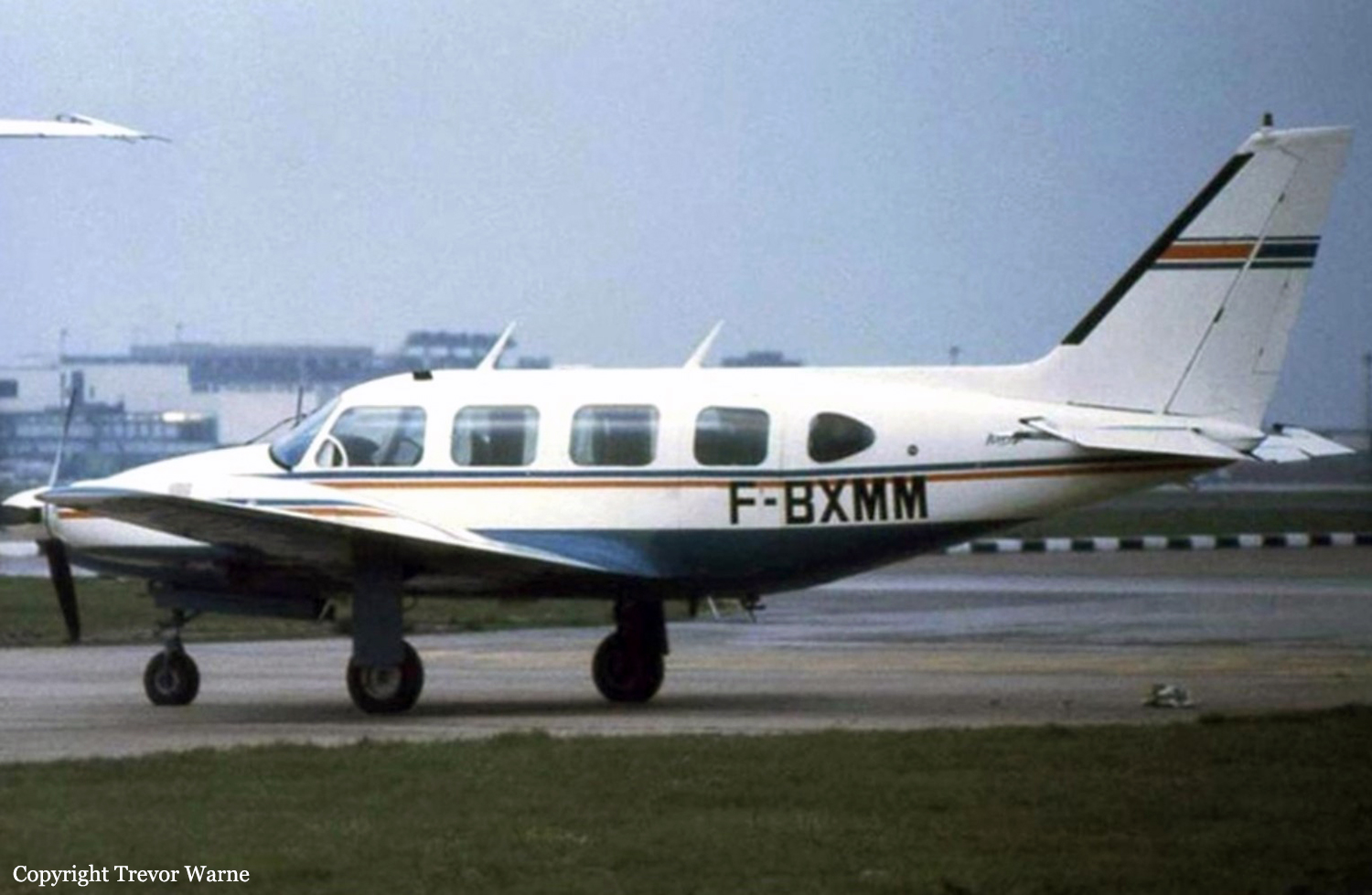Crash of a Piper PA-31-310 Navajo near Carleton: 1 killed
Date & Time:
Apr 4, 1989 at 1150 LT
Survivors:
Yes
Schedule:
Quebec - Bonaventure
Crew on board:
1
Crew fatalities:
Pax on board:
5
Pax fatalities:
Other fatalities:
Total fatalities:
1
Circumstances:
The twin engine aircraft was completing a charter flight from Quebec City to Bonaventure, carrying five passengers and one pilot. Just before noon, while cruising in poor visibility due to low clouds, the aircraft struck trees, stalled and crashed in a wooded area located on Mt Saint-Joseph, about 4 km north of Carleton. The pilot was killed instantly and all five passengers were injured, three of them seriously. Both passengers who were slightly injured decided to walk away to find help and walked for about 7 hours before reaching Carleton. Rescue teams arrived on scene the next morning to evacuate the last three passengers.





